The Ultimate Manual for Trello-GitHub Integration
There are many developer tools designed to help you streamline your workflow. But switching between disparate software at different stages of your lifecycle can be tedious and confusing. Fortunately, Trello integrates with GitHub, so can always work on a unified platform.
What is a Trello-GitHub Integration Anyway?
Many software teams use GitHub as the preferred code hosting platform. It’s an exceptional software for hosting your projects, but it is not the best choice for organizing workflow. For this, most people prefer Trello. Trello offers simple Kanban cards to track the project’s progress visually.
It’s easy to imagine how challenges may arise when separate teams use disparate software for the same project. For example, you may have external designers and graphic artists on your team. While these third parties can collaborate with your in-house developers on Trello, you probably don’t want to give them access to your GitHub repositories and source code.
The same problem arises when working on solo projects using two different software. You may need to update Trello and GitHub manually as you progress. It’s easy to get confused along the way, and it’s a tedious process.
Trello-GitHub integration simply means connecting the two platforms, so they share information freely. Then, any updates you make in Trello automatically show up in GitHub and vice-versa. Your teams don’t have to keep multiple tabs open to stay in the loop.
How a Trello-GitHub Integration Works
There are two main ways to integrate Trello with GitHub. The option you choose depends on the level of information exchange you need for your workflow.
The first option is to use the Trello-GitHub Power-Up. It’s a purpose-built app by Trello, so it works seamlessly with GitHub. It’s also effortless to set up and use.
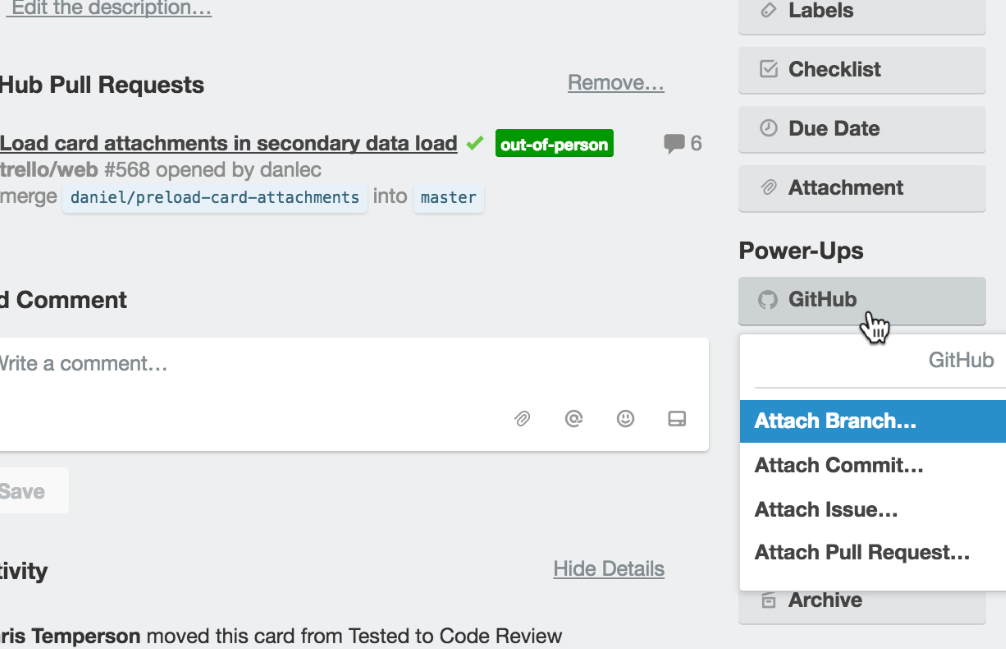
The Power-Up offers basic integration if you’re just getting started. You can easily attach your GitHub issues, pull requests, and commits directly to your Trello cards. The setup process is as simple as enabling the Power-Up from your Trello board menu and granting the necessary permissions to link your GitHub account.
You can connect the two accounts in just a few clicks.

With the integration complete, you can now access the Power-Up button on any Trello card. You’ll be able to attach GitHub branches, commits, issues, and pull requests directly on your Trello card.
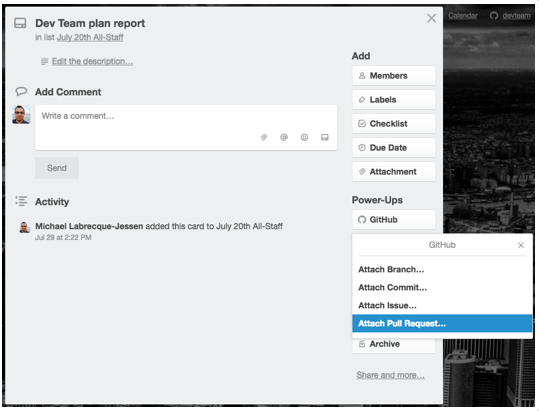
Also, the Trello cards will now show additional relevant information from GitHub. For example, your pull requests will show all relevant GitHub information on the Trello card, including the PR name, who opened it, checks status, assignee, etc. There’s even a direct link to the relevant repository if you need to act on GitHub.
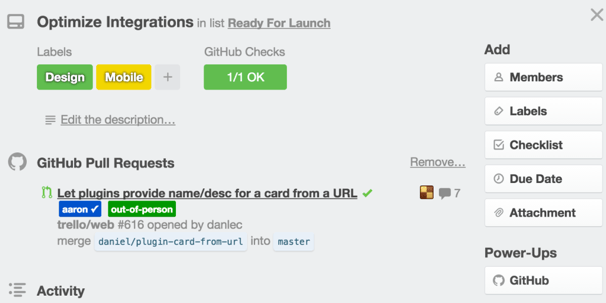
However, the Trello-GitHub Power-Up has its limitations. First, it’s a more passive integration. It primarily lets you see what’s happening in GitHub without switching from Trello. However, you’ll still need to switch to GitHub if you need to perform an action, such as changing a label or giving someone feedback.
This limitation also works the other way. You’ll still need to switch from GitHub to Trello to perform actions such as moving a card from In Progress to Done. The Power-Up offers a link to make the transition easier. However, some people prefer not to switch platforms at all if possible.
In a nutshell, the Trello-GitHub Power-Up offers visibility into GitHub. It’s an excellent way for teams on both platforms to share basic information about the project. The Power-Up essentially attaches GitHub information to your Trello cards.
The second option is to use a third-party integration tool such as Unito. This option is preferable if you are looking for unrestricted information flow between the two platforms. Integrating with a third-party tool is slightly more complicated, but it’s worth the extra steps.
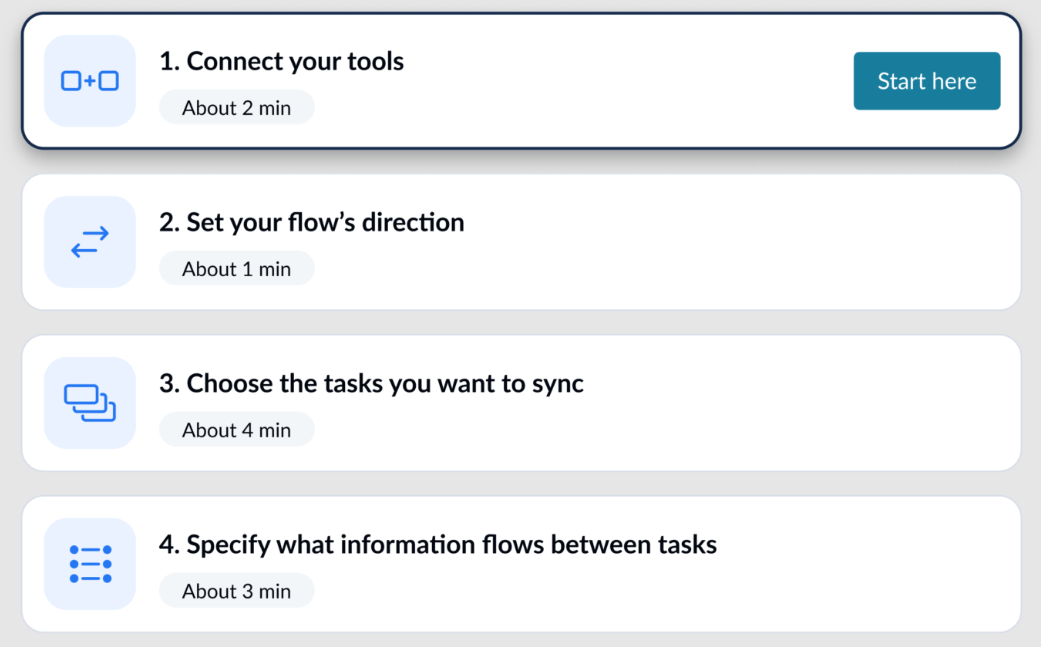
With Unito, for example, you can set up a one-way flow between Trello and GitHub. Additionally, you can set up triggers to determine the Trello actions that create new issues in GitHub. You can also create granular rules that support your workflow.
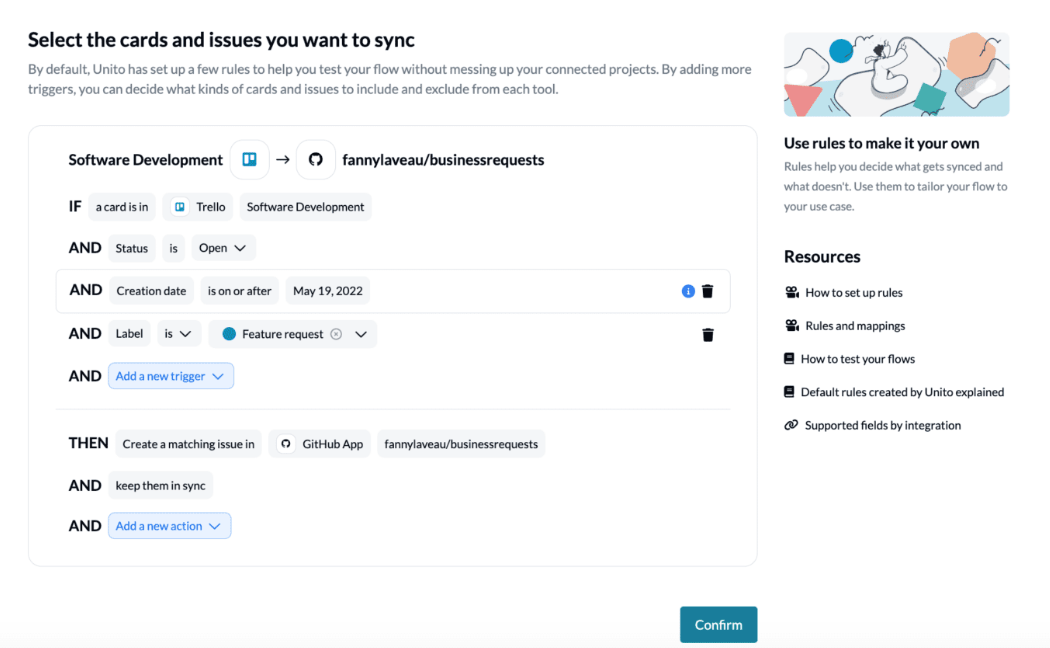
You can also create a two-way sync between Trello and GitHub using Unito. In this case, your Trello updates automatically sync in GitHub and vice versa. So, for example, new Trello cards would create issues in addition to GitHub issues creating cards in Trello.
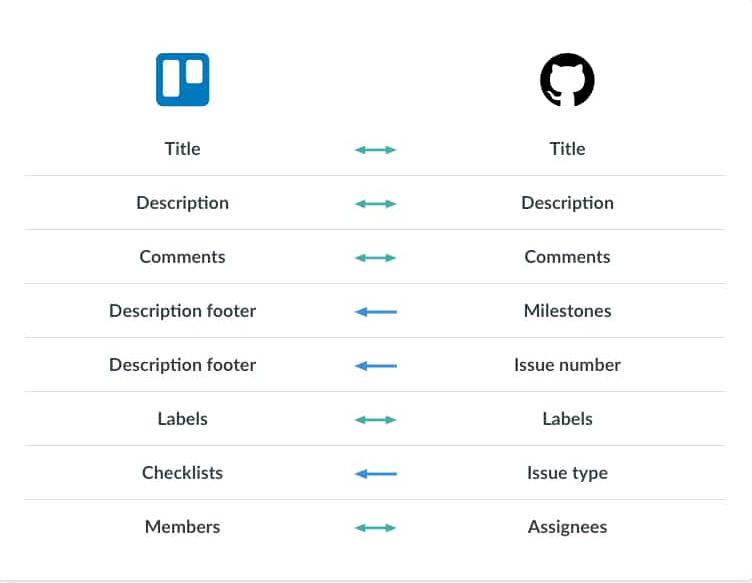
Let’s take a look at how Trello-GitHub integration works in practice.
Example 1: GitHub Commit Statuses in Trello
If you run unit tests as part of your Git workflow, you’ll be happy to know that you can check the status of new changesets without leaving Trello. The Trello-GitHub PowerUp lets you see whether your pull requests have passed or failed specified checks.
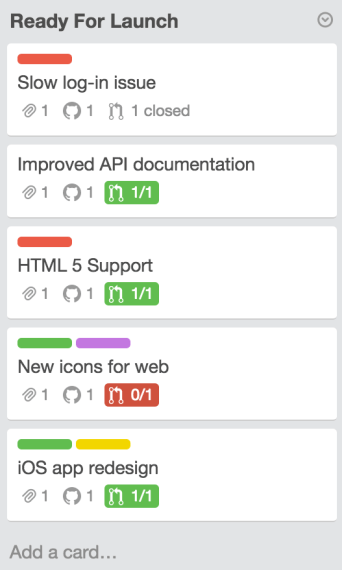
This feature blends nicely with Trello’s visual workflow. For example, you can quickly tell which PRs are ready to merge and which ones have known errors at a glance. It’s also much quicker to identify which status checks to re-run to keep the project moving.
Similarly, your GitHub labels carry over to Trello when integrating with the PowerUp. You can view the label under the pull request embedded on the Trello Card. So there’s no confusion about what you’re looking at when you’re in Trello.

Example 2: Track GitHub Issues in Trello
You don’t have to switch over to GitHub whenever you want to find out why a pull request hasn’t been merged. Instead, you can attach and view issues in Tello cards. Additionally, you can view the assignee if you’d like to follow up with the bug or feature request.
The assigned person’s avatar shows on the pull request embedded in the Trello card, so you can immediately tell who’s responsible for it. There’s also the associated comment next to the avatar. You can get in touch quickly or view the reasons from the unmerged PR in the comments.
Trello-GitHub PowerUp proves helpful once again for keeping tabs on what’s happening in GitHub without switching platforms. You can even interact with team members. The project manager can also stick with their preferred tool while following up with developers more accustomed to working on GitHub.
Example 3: Sync Trello and GitHub Teams with Unito
The Unito integration has many of the same features as the PowerUp. However, more advanced features make the third-party integration option very attractive. An example of this feature is the ability to sync your teams between Trello and Unito.
The integration lets you add team members to your flows. You’ll essentially merge users who use disparate tools such as GitHub and Trello into one team. As a result, you don’t have to manually add users every time you create a new project or workflow.
Depending on your project’s requirements, you can also easily add or remove team members. Unito also integrates with other platforms besides Trello and GitHub, so you can keep all your essential tools in one place.
How to Get Started with Trello-GitHub Integration
Integrating Trello and GitHub will make managing your projects more accessible. You no longer have to rely solely on GitHub to manage your projects. And you can foster simple collaboration between your Trello and GitHub teams.
Here’s how to get started with the integration:
Set Up Your Trello Workflow
Trello is far easier than GitHub for project management. It’s also a terrific choice if non-technical teams contribute to your project. So it makes sense to set up your workflow on Trello.
Setting up your workflow is simple, even if you’ve never done it before. You’ll start by logging into your account and creating a new board.

Next, add your lists. A simple workflow has three columns, Todo, Doing, and Done.
The Todo list includes everything you need to complete a project. You can take many liberties here, including brainstorming ideas and using informal language. You can also add new cards for new ideas as they come up.

The Doing list contains the task items you’re working on. Ideally, the project manager should update this list daily. Then, simply move the cards from the Todo list to Doing when you start working on tasks.

Finally, the Done list is self-explanatory. This is where you move cards when you’re finished working on tasks. However, it’s still a good idea to define the meaning of done to avoid confusion.

Choose Your Integration Method
Again, your two options are the Trello-GitHub Power-Up or a third-party integration tool like Unito. We recommend the Power-Up is the best choice if you’re integrating your project tools for the first time. You most likely only need a loose connection between the tools to reduce the number of times you need to switch between platforms.
The Power-Up is also free. It’s a native integration, so you can expect information to flow freely without changing your settings on either platform. The process is also straightforward. Third-party integration is a good option if you need more robust information sync.
Integrate Trello with GitHub
The specific steps depend on the integration you choose. Here’s a quick recap of how to integrate Trello and GitHub.
For the Trello-GitHub Power-Up, simply click the Enable the integration from the Power-Ups menu. You’ll find it in the board menu on the right side of the Power-Up page.

You’ll also need to allow Trello to access your GitHub account. You do this by clicking the gear symbol on the Power-Up. Then, click Authorize Account.
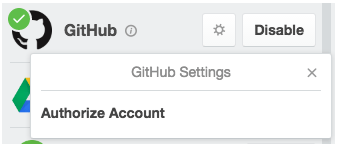
You’ll be redirected to a new window. You’ll need to click the Authorize Application button to complete the integration.
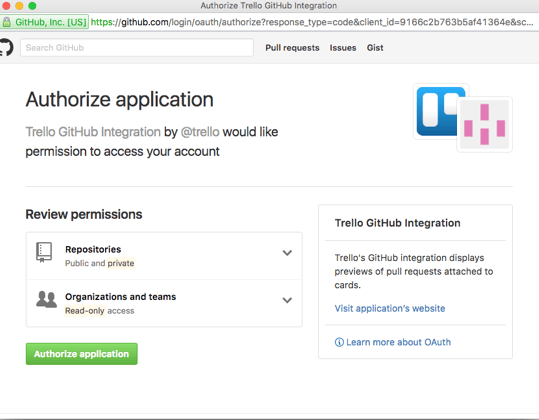
Start Using the Trello Power-Up
You’ll now notice that each Trello card comes with a Power-Up button on the back of the card. This button will allow you to attach a Branch, Issue, Commit or Pull Request to the card instantly. You’ll also get a direct link to the GitHub content if you need to switch platforms to perform an action.

Disable Automatic Comments in GitHub (Optional)
By default, enabling the Trello-GitHub Power-Up means that you’ll receive a comment in GitHub any time someone attaches a branch to a Trello card. While useful in some instances, some moderators may find the automated comments disruptive. The Power-Up lets you decide to keep or stop the comments on GitHub.
To disable the automated messages in GitHub:
- Go to the Board Menu.
- Click the GitHub Power-Up.
- Select Edit Power-Ups Settings.
- Uncheck the add a comment box.
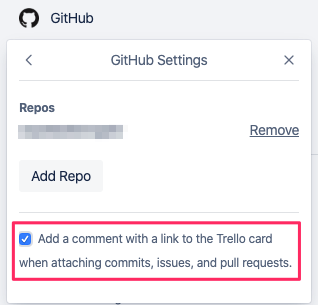
It’s worth maintaining the default settings, to begin with. You can later disable the automatic comments if they are too disruptive to your workflow.
Lastly, you can disable the Power-Up if it doesn’t suit your needs. But, again, you can do it from the Power-Up settings, and you don’t have to worry about any data loss.
Use Trello as the Primary Project Management Tool
GitHub added the GitHub Project capability in 2016 to support project management on the platform. This move was to eliminate the need for a different project management software. It’s an excellent addition for the most part, especially for teams that primarily collaborate on GitHub.
GitHub Projects allows you to track issues, pull requests, and notes in one place. It comes complete with Kanban-style boards, just like Trello. However, things can quickly get complicated if you’re collaborating with non-developers.
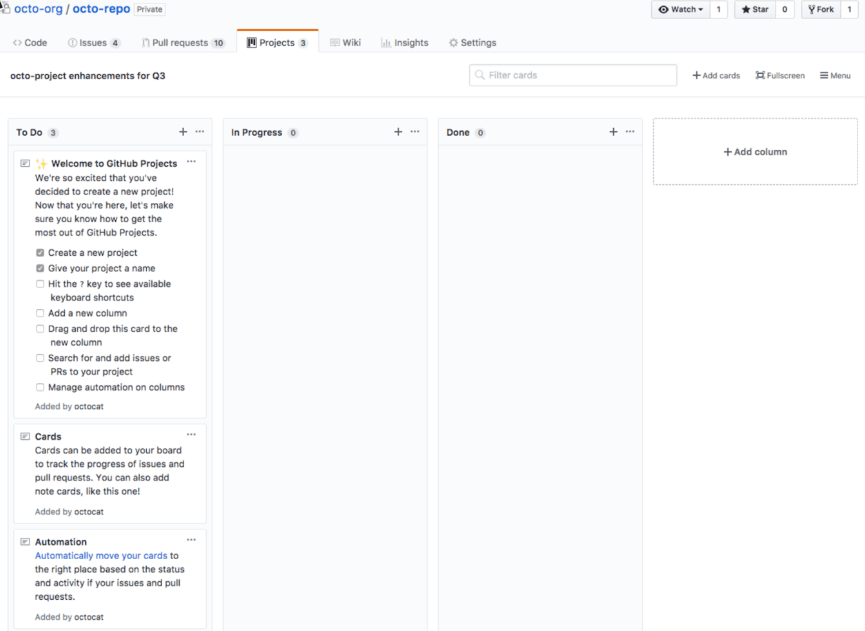
For this reason, it’s better to choose Trello as the primary project management tool. This is especially true if you have disparate teams involving non-technical collaborators that don’t need technical details about software development. Trello is also purpose-made for Agile project management, making it a great platform to collaborate with diverse teams.
You also don’t have to worry about maintaining two separate communication channels with the GitHub integration. Everyone still gets access to the information relevant to the part of the project they’re contributing. In addition, with mention alerts and comment logs, everyone has quick access to the information they need to complete their tasks.
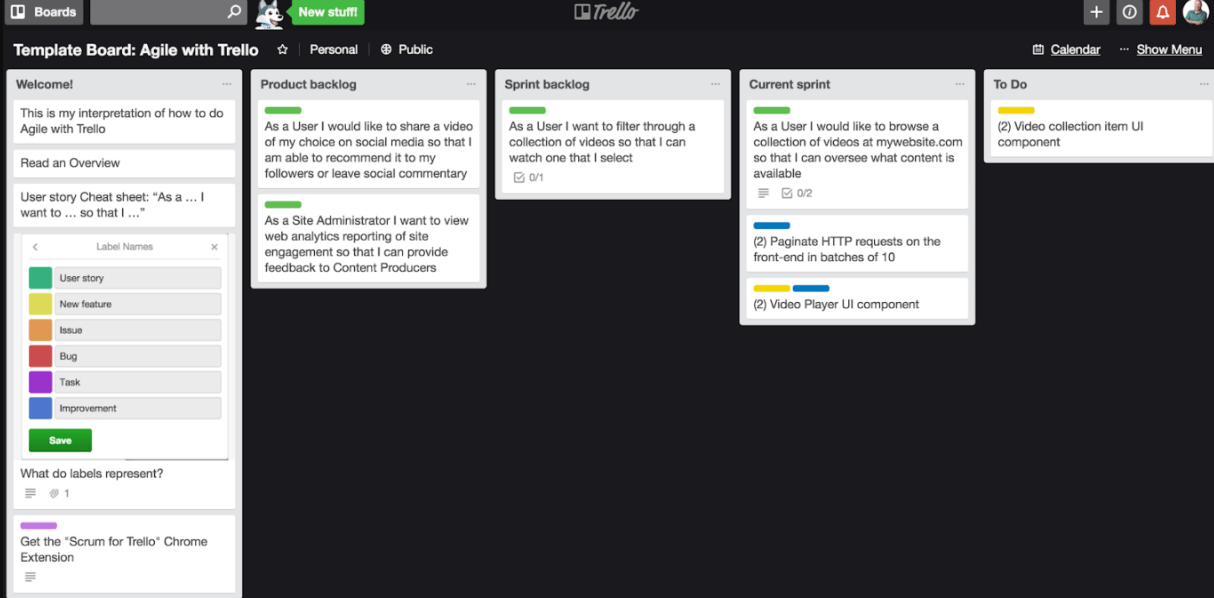
The integration allows you to maintain GitHub as your preferred version control tool. This way, developers can stay where they are more familiar, while project managers can keep track of progress on their chosen platform, Trello.

